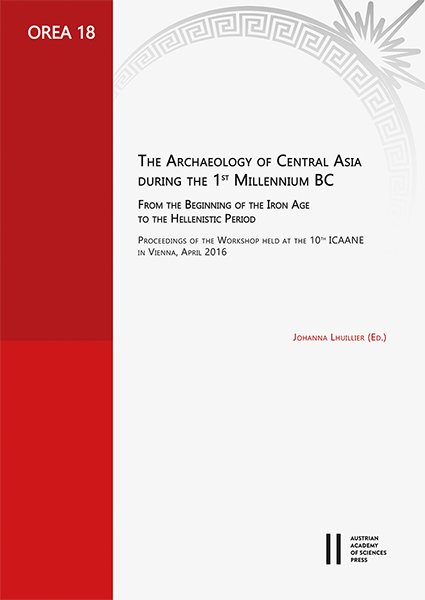
Archaeology of Central Asia during the 1st millennium BC, from the Beginning of the Iron age to the Hellenistic period, pp. 89-104, 2021/12/17
Proceedings from the Workshop held at 10th ICAANE
The joint Tajik-German excavations at Torbulok in south-west Tajikistan add another sanctuary to the mapof religious sites of the Hellenistic Far East. By 2016, more than 550m² were excavated, revealing a complex of severalterraces, courtyards and smaller buildings.2 They are from three phases, assigned according to the ceramic evidencefrom the Hellenistic period (end of 4th to mid-2nd century BC). Of special significance for the ancient Bactrian religionis a courtyard with seven miniature altars as well as water basins connected to a bothros-like cult installation containingseveral votive gifts and offerings. The sanctuary in Torbulok was probably a rural shrine of regional importance, a typeof sanctuary previously unknown in Hellenistic Bactria.
Keywords: Hellenistic period; Bactria; Torbulok; religion; sanctuary; recent fieldwork; Tajikistan